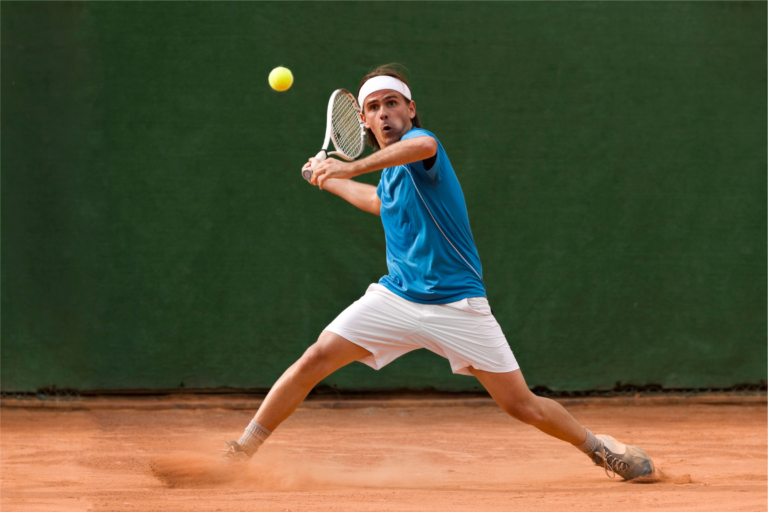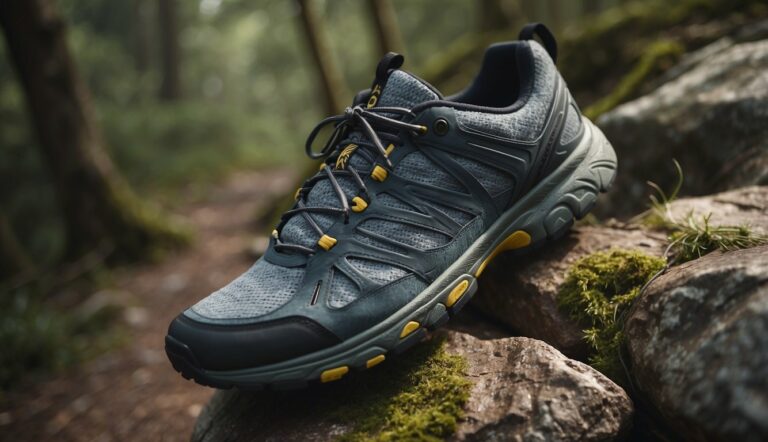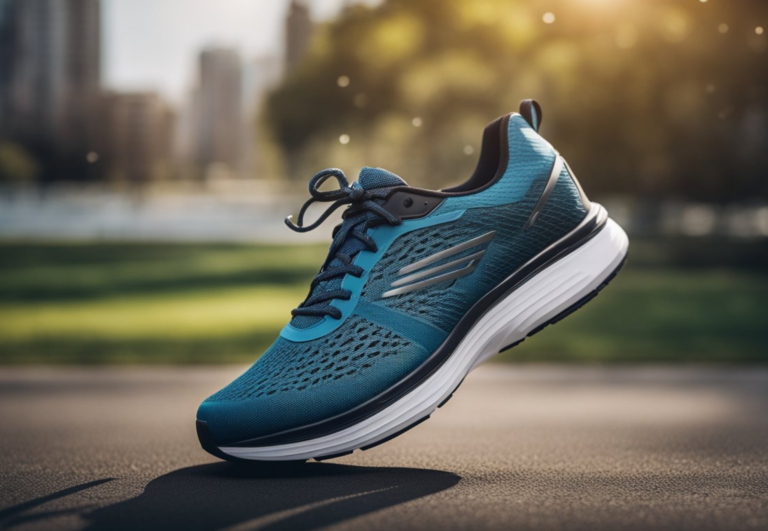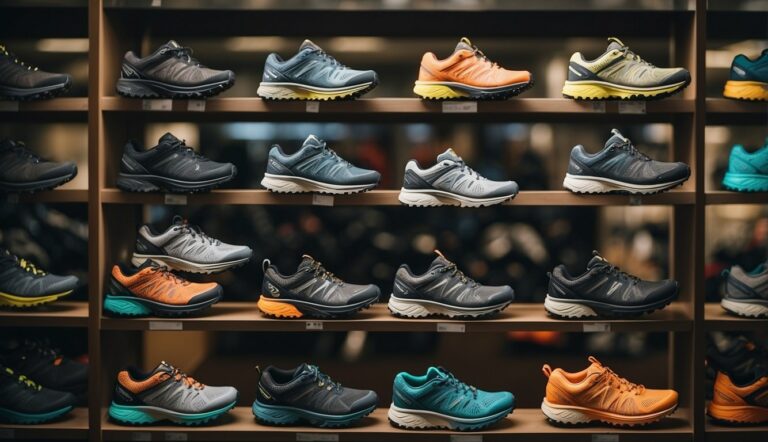Running Shoes for Children and Teens: What Parents Need To Know!
When selecting sneakers, specifically running shoes for children and teens, it’s important to consider the unique anatomy and development stages of their feet. Given that many popular brands offer running shoes kids in various youth and grade school sizes, it’s crucial to identify shoes that offer the right balance of cushioning, support, and flexibility to accommodate their growing and changing feet. Outdoor use is another factor to consider.
Proper cushioning, often provided by EVA technology, is essential for reducing impact, while the shoe’s upper material should be breathable to keep feet cool and comfortable. Additionally, laces ensure adjustability for a secure fit. The outsole should offer durability and grip for a variety of surfaces. Parents should choose between neutral and supportive shoes based on their child’s arch and gait, ensuring a good fit with room for growth but snug enough to provide support. Regular sizing checks are crucial as children’s feet grow quickly.
For active children or those involved in sports, consulting a coach or doctor for personalized shoe recommendations can be beneficial to address specific needs and prevent injuries. By prioritizing comfort, support, and versatility, parents can help their children enjoy running in their brand-new sneakers, and stay injury-free.
Children and Teen Running Shoes – What Parents Should Know!

Selecting the right running shoes for your child or teen is crucial, as their feet are constantly developing. Finding a comfortable and supportive shoe can have a positive impact on their foot development and overall running experience.
Anatomy of a Child’s Foot and Development Stages
Your child’s feet are not just smaller versions of adult feet. They’re unique in structure and function.
During their early years, their bones are still forming and are more flexible. Foot development is significant during childhood and can be influenced by the footwears they use.
- Infants and Toddlers (0-2 years): Their feet are flat with no visible arches, requiring flexibility and room for growth.
- Young Children (3-10 years): They begin to develop arches, and their feet are still growing rapidly.
- Older Children and Teens (11-18 years): The growth rate continues but begins to slow down, especially during the teens, at which point the foot structure begins to solidify.
Running Shoe Types: Neutral vs. Supportive
When choosing running shoes for kids and teens, it’s essential to understand the two main categories: Neutral and Supportive.
Neutral running shoes:
- Are designed for those with a normal arch and gait.
- Provide cushioning for impact while allowing natural foot motion.
Supportive running shoes:
- Include features like stiffer heels or a design that counters overpronation.
- Aim to provide stability and support, which is beneficial for those with flat feet or uneven gait patterns.
| Shoe Type | Best For | Features |
|---|---|---|
| Neutral | Normal arch and pronation | Cushioned, flexible |
| Supportive | Flat arch, overpronation | Stability features, motion control |
Regardless of the type, prioritize shoes that offer comfort, a good fit, and appropriate support that matches your child’s developmental stage. Remember, the correct shoe will aid in their overall foot development and function while ensuring a positive running experience.
Key Features of Quality Running Shoes for Young Runners
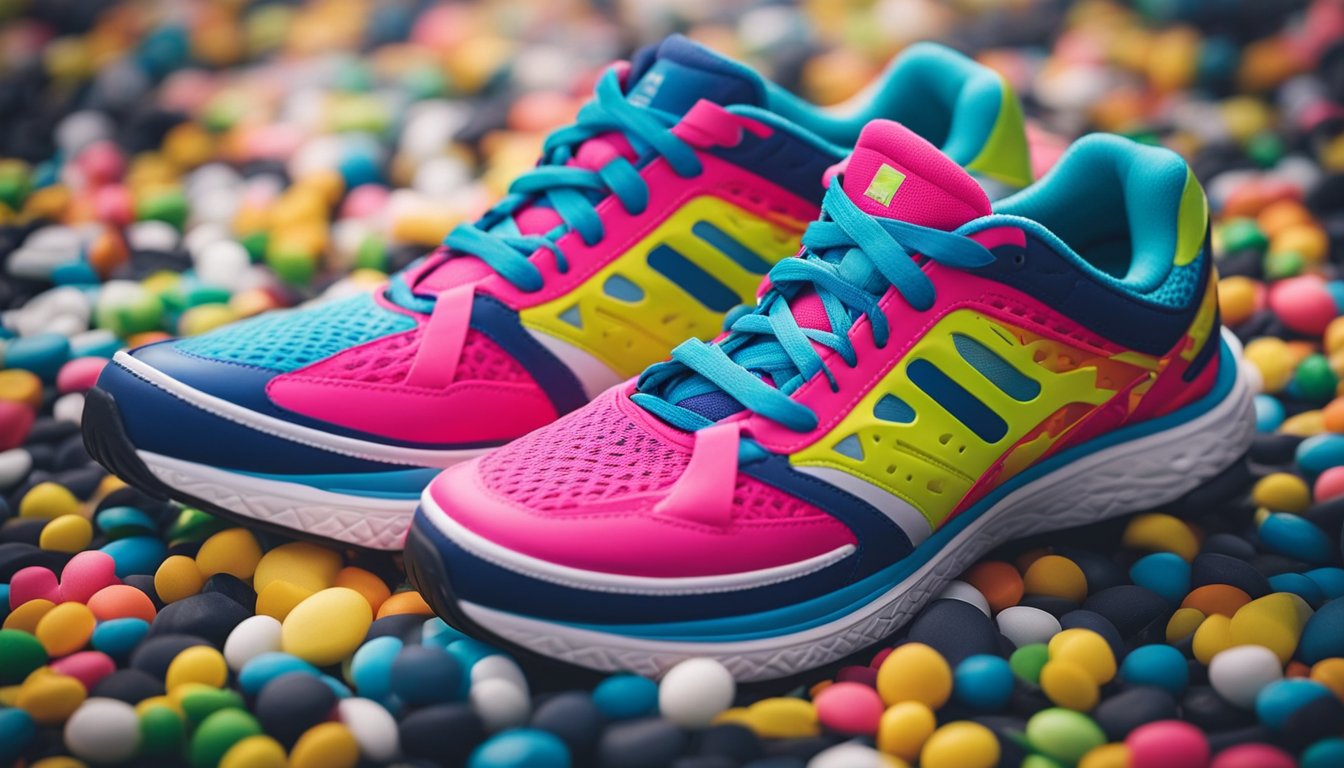
Selecting the right running shoes for young athletes is crucial for their comfort, health, and performance. Here’s what you need to look for to ensure their running gear supports their activities.
Importance of Proper Cushioning and EVA Technology
Cushioning in running shoes plays a significant role in reducing impact on young joints during running. Look for shoes that feature EVA (ethylene vinyl acetate) technology, which is known for its lightweight and shock-absorbing properties.
A well-cushioned shoe helps maintain comfort and can prevent injury, making the running experience more enjoyable for children and teens.
| Cushioning Level | Benefits |
|---|---|
| High Cushioning | Maximum shock absorption, ideal for longer distances |
| Moderate Cushioning | Balanced for various activities |
| Minimal Cushioning | Enhances ground feel, suitable for short distances |
Breathability and Upper Material Considerations
The upper part of running shoes, especially those with a mesh design, contributes to the overall breathability of the footwear. This is vital for comfort and health, as it prevents overheating and reduces the likelihood of blisters.
A breathable upper made of lightweight materials also helps to keep the foot cool and dry, which is especially important for active kids who are constantly on the move.
Materials to Look For:
- Mesh for maximum airflow
- Synthetic fabrics for durability and breathability
Outsole Grip and Durability for Active Kids
The outsole of a shoe is the bottom part that comes in direct contact with the ground. For active kids, it’s essential to have a durable and grippy outsole to handle a variety of surfaces and conditions.
When searching for shoes designed to withstand active boys, durability ensures the shoes last longer while a good grip helps prevent slips and falls, contributing to safer play and better athletic performance. Brands such as Nike, Adidas, Saucony, and Asics are often popular choices to shop for in this clothing category.
Outsole Qualities:
- Grip Strength: High grip for stability on different terrains
- Material: Rubber compounds for longevity and traction
- Pattern Design: Varied patterns for enhanced grip on multiple surfaces
How to Choose the Best Running Shoes for Your Child
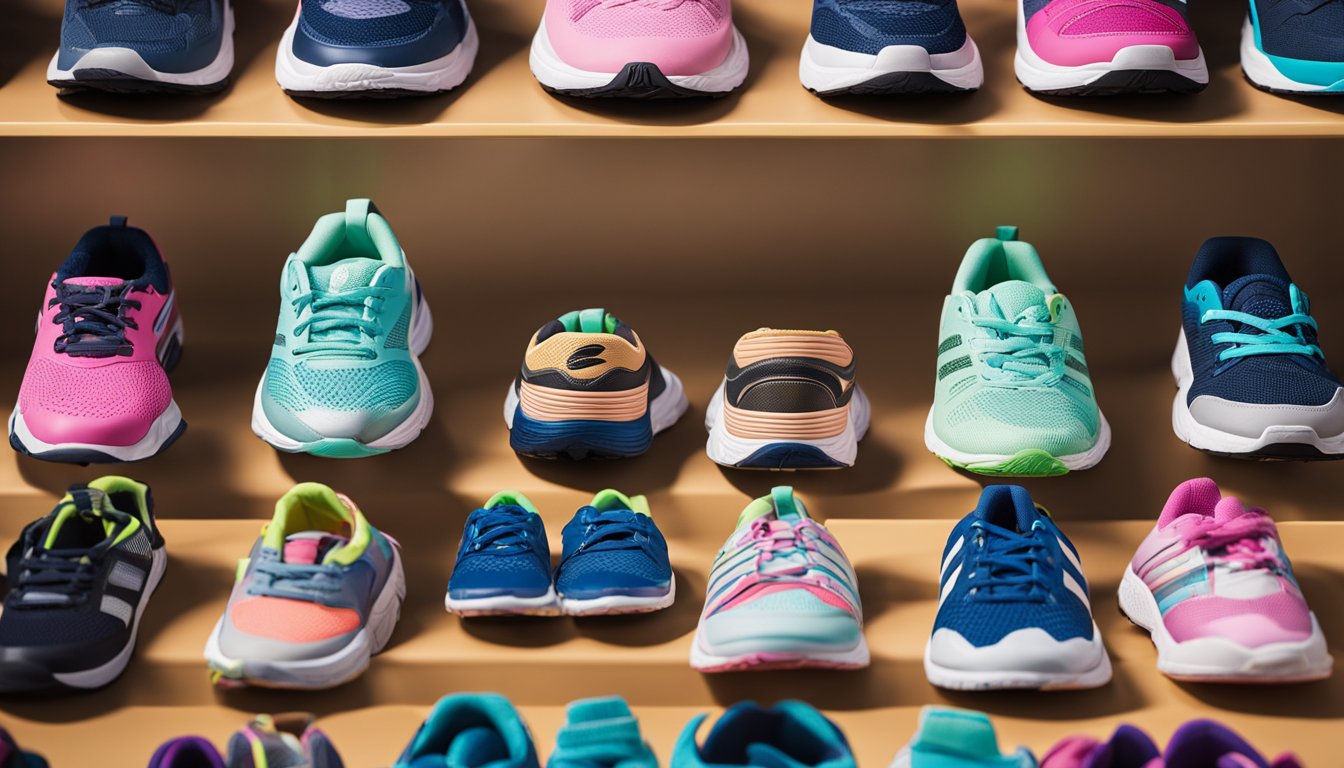
Choosing the right running shoes for your child not only boosts their comfort and performance during physical activity but also supports their everyday wear needs. It’s important to consider factors like size, fit, and the type of activities your child engages in.
Sizing and Fit: Ensuring the Right Match
Properly sized shoes are vital for your child’s foot health. An ill-fitting shoe can lead to discomfort or even injury, especially when the boys are running around or engaged in active play. Remember, brands like Asics and Saucony offer different sizes to fit growing feet.
Here’s how to ensure the right fit:
- Length: There should be a thumb’s width between the end of the shoe and your child’s longest toe.
- Width: The shoe should be snug but not tight, with enough room for the toes to move freely.
To maintain a balance between snugness and space for stretching, monitor their growth and have their feet measured regularly. Your child’s feet can grow quickly, and they may need new shoes more often than you think.
Balancing Performance with Daily Activity Needs
When selecting running shoes for your child, consider their whole day. A shoe that offers responsiveness and support is essential for those bursts of speed during play or sports, but it must also be versatile enough for everyday wear.
Running Shoe Checklist
- Comfort: Seek padded insoles and breathable materials.
- Support: Look for structured heel counters and flexible soles.
- Versatility: Choose shoes that accommodate a variety of activities.
Remember that the best running shoes often provide a balance between cushioning and durability to handle the demands of both scheduled physical activities and impromptu playground races.
Consulting Experts: When to Talk to a Coach or Doctor
If your child is exceptionally active or participates in structured sports, a coach’s guidance can be invaluable. They know what specific features to look for in a shoe given the sport’s demands.
Meanwhile, if you have any concerns about your child’s feet or their gait when they walk or run, don’t hesitate to consult a podiatrist or a doctor. They can recommend shoes that cater to individual needs, which is especially important if your child is experiencing foot or ankle pain.
- Consult a Coach: For sport-specific shoe recommendations.
- Talk to a Doctor: If your child has foot pain or a unique gait.
By selecting the right shoes and involving professionals when necessary, you’re setting a foundation for your child’s active lifestyle.
Maintaining Health and Preventing Injuries

Selecting appropriate running shoes for your child and integrating cross-training into their regimen are crucial steps to ensure their health and safety while engaging in running activities.
To assist your child in remaining active and injury-free, it’s important to understand how these factors contribute.
The Role of Running Shoes in Preventing Overuse Injuries
Running shoes for kids should provide supportive features that accommodate their growing feet.
Look for shoes with a proper medial post if your child has flat feet, which can help in preventing overuse injuries by providing stability and support. Make certain the shoes are well-cushioned, fit comfortably, and are specific to your child’s feet and running style.
| Foot Type | Shoe Feature | Benefit |
|---|---|---|
| Flat feet (low arch) | Medial arch support | Reduces strain on feet and knees |
| Normal arch | General support | Maintains natural foot alignment |
| High arch | Cushioned soles | Absorbs impact, reduces stress on legs |
Cross-Training and Its Impact on Children’s Fitness
Cross-training involves your child participating in various types of exercises, which can prevent overtraining in one specific area, leading to better overall fitness.
Swimming, cycling, and team sports can improve different muscle groups and cardiovascular health, which supports their running activities. This variety not only keeps exercise exciting for kids but also reduces the risk of repetitive injuries and enhances their overall fitness and health.

